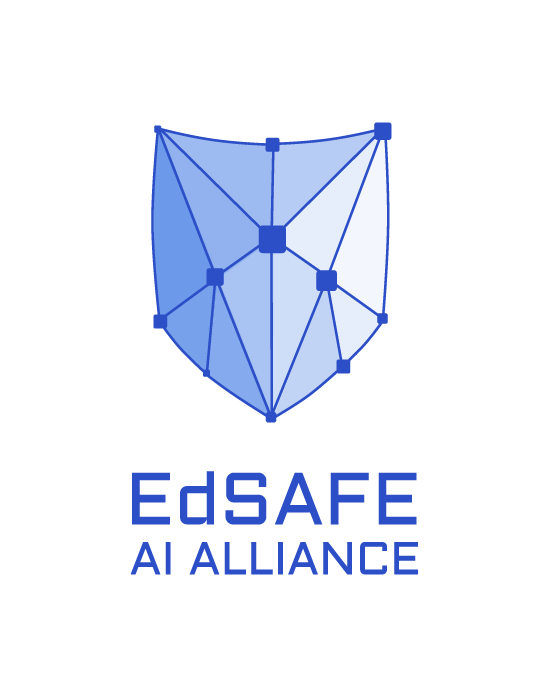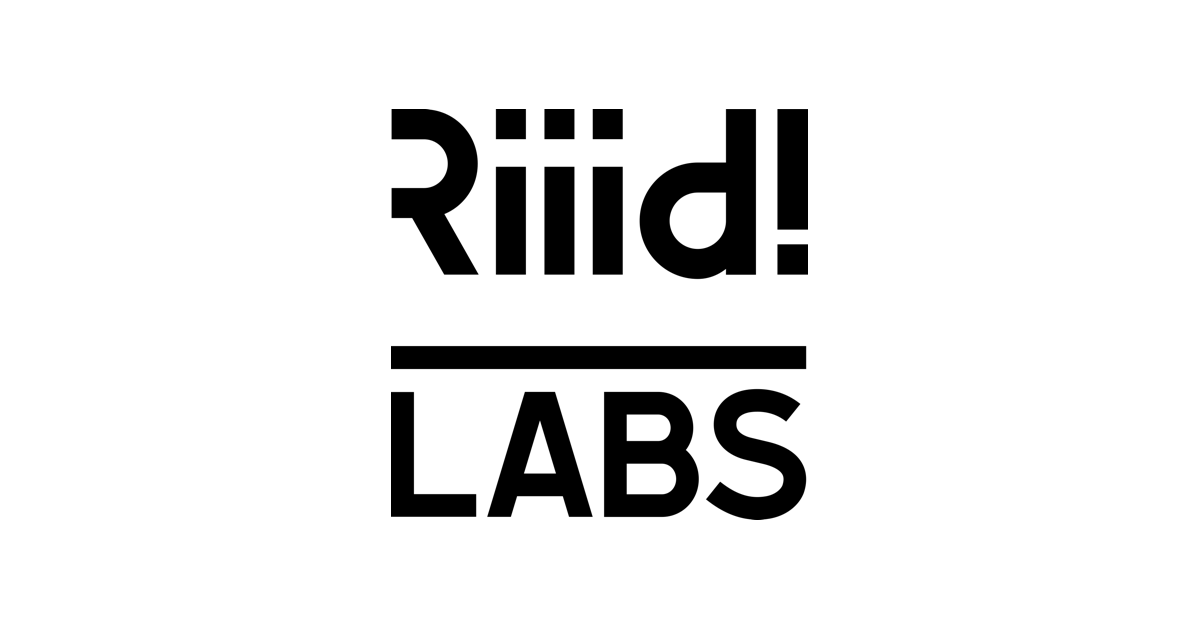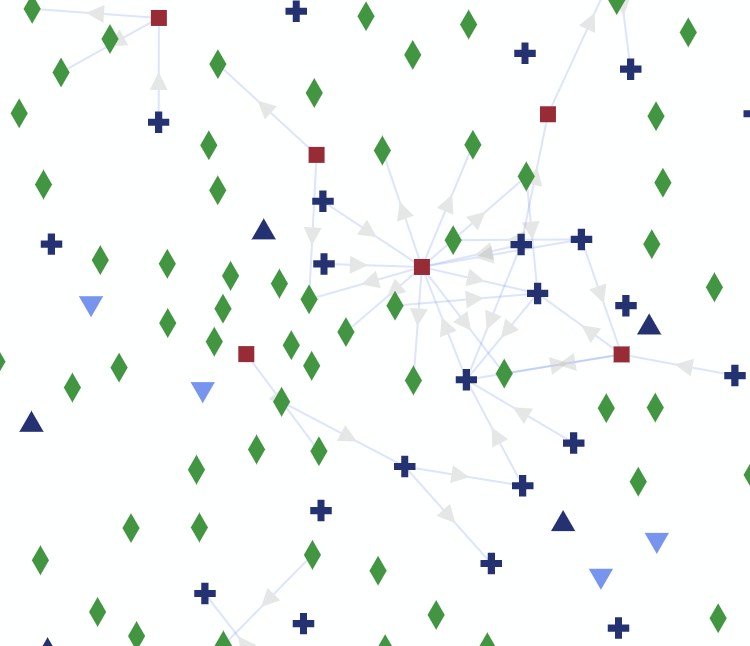In “Star Wars Episode 4, A New Hope” we’re introduced to a level of system integration far more advanced than anything we experience on our world. Today we still struggle with how to get systems to work together in truly meaningful ways. Little did we know that a long time ago system architects had figured things out, and evidently designed some serious software interfaces that most people on our world can’t even imagine. Except for George Lucas of course.
In A New Hope we learn that R2D2 possesses a connector that allows him to tap into the various other systems, like X-Wing fighters and Death Stars. It is in fact during his short stay on the Death Star that R2 is able to do two very important things to help move the plot along, and that also highlight the benefits of good functional integration (in addition to some apparent security flaws of the Empire’s systems):
- He is able to determine the location of Princess Leah Organa’s holding cell, “Level 5, Detention Block AA-23”, and the fact that she is scheduled to be “terminated”. Presumably, he found this information in a prisoner management system somewhere. Perhaps a SalesForce(™) plugin. Who knows.
- He is also able to shut down all the garbage mashers on the detention level, thus saving Leah, Luke Skywalker, Han Solo and a strange one-eyed eel from being permanently squished into a cube of trash.
On our world, it seems we are preoccupied with the problem of simply passing data between systems, and this has certainly become the overarching use-case for interoperability throughout our galaxy, as far as we know it. These simple use-cases have to lead to an explosion of data standards, and network protocols for moving “standardized” data around from system to system.
But real integration happens at a functional level. George Lucas understood this back in the 1970s, and I think the idea resonated with sci-fi lovers even back then. Shutting down the garbage mashers is not a data exchange problem. It’s a functional problem, and clearly, the Empire had thoughtfully designed APIs for that particular function. In fact, it appears that there may have been a variety of related functional operations for which APIs had been designed, as exemplified in the following dialog during the garbage mashing scene, as R2 is plugged in:
Luke: “Shut down all the garbage mashers on the detention level!”
R2D2: [inaudible]
C3PO (talking to R2D2): ”No! Shut them all down. Hurry!”
R2D2: [Bleep Bleep Whistle], [Beep Blip Blip]
We may never know what R2D2 said to C3PO upon hearing Luke’s frantic request over the communicator, but we can imagine something like “OK, I’ve got the list of all garbage mashers on the detention level, can he identify the particular one in which they are trapped? [Bleep Bloop]” We assume, then, that there must have been functional software interfaces for things like discovering the various systems of the Death Star and identifying them uniquely, in addition to functions for shutting them down.
Earlier I made a disparaging remark about the security of Imperial systems. I have to walk that back a little. In reviewing the dialog that occurs when Leah, Luke, and Han are pinned down by blaster fire in the cell block corridor, at one point C3PO, translating what R2D2 is discovering through his interface with the Death Star, says “The main entrance seems to be the only way in or out. All other information on your level is restricted.”
Meaning that there were indeed security layers that R2 couldn’t breach. So it’s probably more of a security policy thing, rather than a technical flaw in the system. Even the most weak-minded stormtrooper can understand that information about how to exit a detention block should probably require a higher level of authorization than the ability to shut down a garbage masher. Perhaps anyone should be able to shut garbage mashers down. Imagine if you’re stationed on the Death Star and your pet eel accidentally slips down the drain…
But I digress. The point to be made is that even the ability to get data out of the system is also a functional integration problem, By treating it as such and not just a data standards problem, we can begin to achieve real integration between systems (R2D2, the Death Star) that encapsulate operational functions and business rules of a system to be utilized and enforced no matter what kind of ‘droid is trying to integrate with it.















